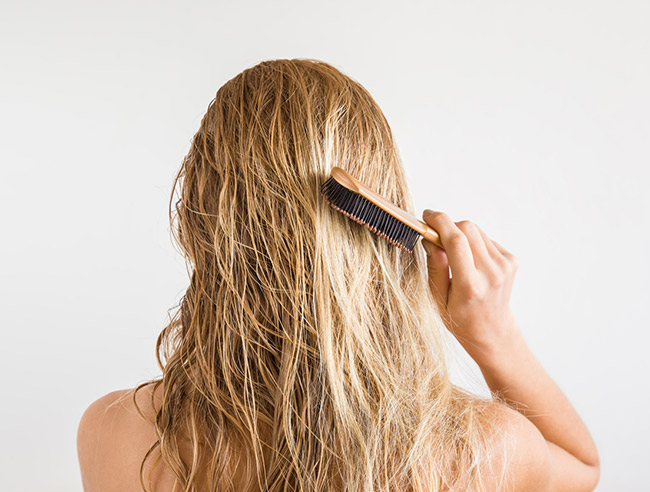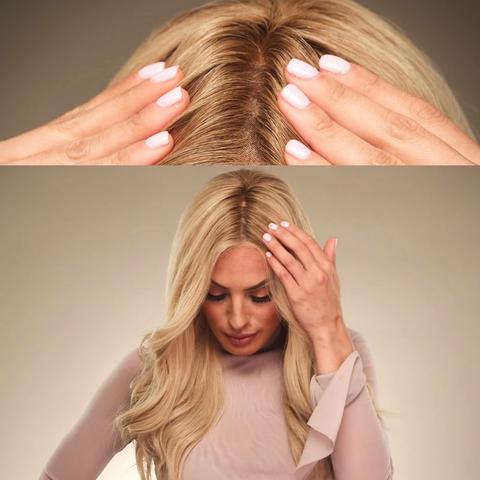The Reasons For Hair Loss Are Many, Cancer The Most Devastating
From family history to lack of vitamins in the body, from hormonal changes to medical conditions like hypothyroidism, from bad hairstyle to medication, from wrong hair treatment to being stressed, the reasons for hair loss can be myriad. But the most devastating one is Cancer. After you’ve been through a PET CT Scan for cancer screening and the subsequent treatment for it, the one inevitable phase is hair loss.
The most noticeable side effects of cancer treatment, it is also the hardest to get over. It is an emotionally devastating impact of therapy, especially for women, because hair is part of their identity. In this article, we take a look at what is alopecia, why it happens and a few solutions to it in the hope that every person living with the debilitating disease can feel good about at least one thing.
Alopecia is hair loss in part of the body or the entire body due to the damage to cells that aid in hair growth done by cancer treatment. It begins within a few weeks of starting a particular treatment like chemo. Read More Here for female hair loss due to Alopecia.

How, When, And Where Hair Loss Happens During Cancer Treatment?
Hair follicles are responsible for making hair. These are tiny structures in the skin filled with blood vessels. They are also the fastest growing cells in our bodies. When a person is healthy, the cells divide every one to three days. But when a person is undergoing cancer treatment, it impacts not just cancer cells but also hair cells, which leads to hair loss.
• A few cancer treatments that lead to hair loss are:
1. Chemotherapy
2. targeted therapy
3. radiation therapy
4. bone marrow transplantation
5. immunotherapy
6. endocrine therapy
• Different cancer treatment impact hair loss in various parts of the body. Radiation mostly causes alopecia in the scalp. Chemotherapy can cause alopecia in the:
o scalp
o pubic area
o arms
o legs
o eyebrows
o eyelashes
• Most often hair begins to thin in the first week of chemotherapy and starts fall in the remaining three. If the treatment is radiation therapy, then the hair falls after a month of treatment. While a few individuals notice hair fall as the strands left behind on the pillow, others may discern it while combing the hair or washing it.
• The type, dose, and timing of the cancer treatment determine how much hair fall occurs. The speed of alopecia does vary from person to person. Some patients only get hair thinning and not loss.
• In most cases, it takes three to five months for the hair to grow back. The time is counted after all treatments have been stopped. There are some instances where the hair doesn’t grow back. It happens when radiation therapy is given directly to the head. Depending upon the kind of radiation and the dose, when the hair regrows, it can be slightly different than before. Both the texture and the colour can differ.

Hair Extensions And Wigs Come To Rescue After Hair Loss
There is good news for people living with cancer or winning after brutal cancer treatment. Wigs, tape-ins, hairpieces, and hair extensions are excellent solutions to hiding alopecia.
• Wigs are great for people who have complete hair loss or 80% of it. This happens during the start of chemotherapy. To get a wig, take an old photo to your stylists so that they can match the exact colour of the wig. If you’ve kept a lock of your hair, then that will work too. Always compare a few wigs before deciding on the final one. Try them on and make sure they are comfortable. Also, learn how to care for them.
• Extensions are ideal for clients who have hair thinning, some leftover hair, or are in the regrowth phase. You would need 2 to three inches of healthy and robust hair for the extensions and tape-ins to fit in.

